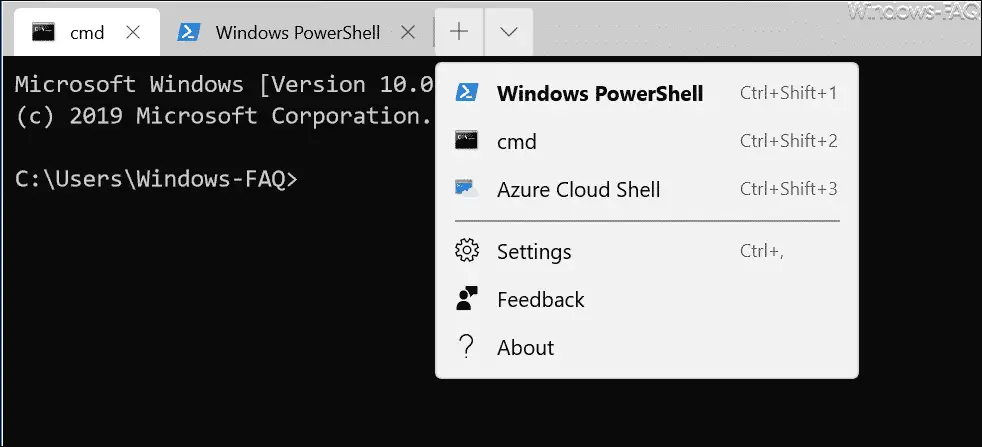

The sub-directories are separated by " \" (back-slash). The leading " \" (back-slash) denotes the root directory for that drive. For example, in " C:\Program Files\java\jdk1.7.0_07\bin\javac.exe", the drive letter is C:, the pathname is " \Program Files\java\jdk1.7.0_07\bin\" and the filename is " javac.exe". To reference a file, you need to provide the drive letter, the directory name (aka pathname) and the filename. To view the file type, launch "File Explorer" ⇒ "View" menu ⇒ Check "File name extensions". For example, " hello.java" is displayed as " hello" with the "type" of "JAVA file".

View File Type in Windows "File Explorer"įor programmers, it is important to SEE the file type inside the "File Explorer", which is hidden by default. Windows can associate a program to each file type. Filename and File TypeĪ Windows' filename consists of two parts: filename and file type (or file extension) separated by a dot, e.g., Hello.java, Hello.class, Test.txt, etc. Windows' file system is NOT case-sensitive, a rose is a Rose, and is a ROSE. Each drive has its own root directory, such as C:\, D:\ and E:\, where the " \" (back-slash) denote the root directory of each drive. Windows' file system is organized in drives, identified by a drive letter followed by a colon, e.g., C:, D: and E. A sub-directory may contain sub-sub-directories and files, and so on. A directory may contain sub-directories and files. The directories are organized in a hierarchical tree structure, starting from the so-called root directory for EACH of the hard drive (as illustrated). In Windows, files are organized in directories (aka folders).


 0 kommentar(er)
0 kommentar(er)
